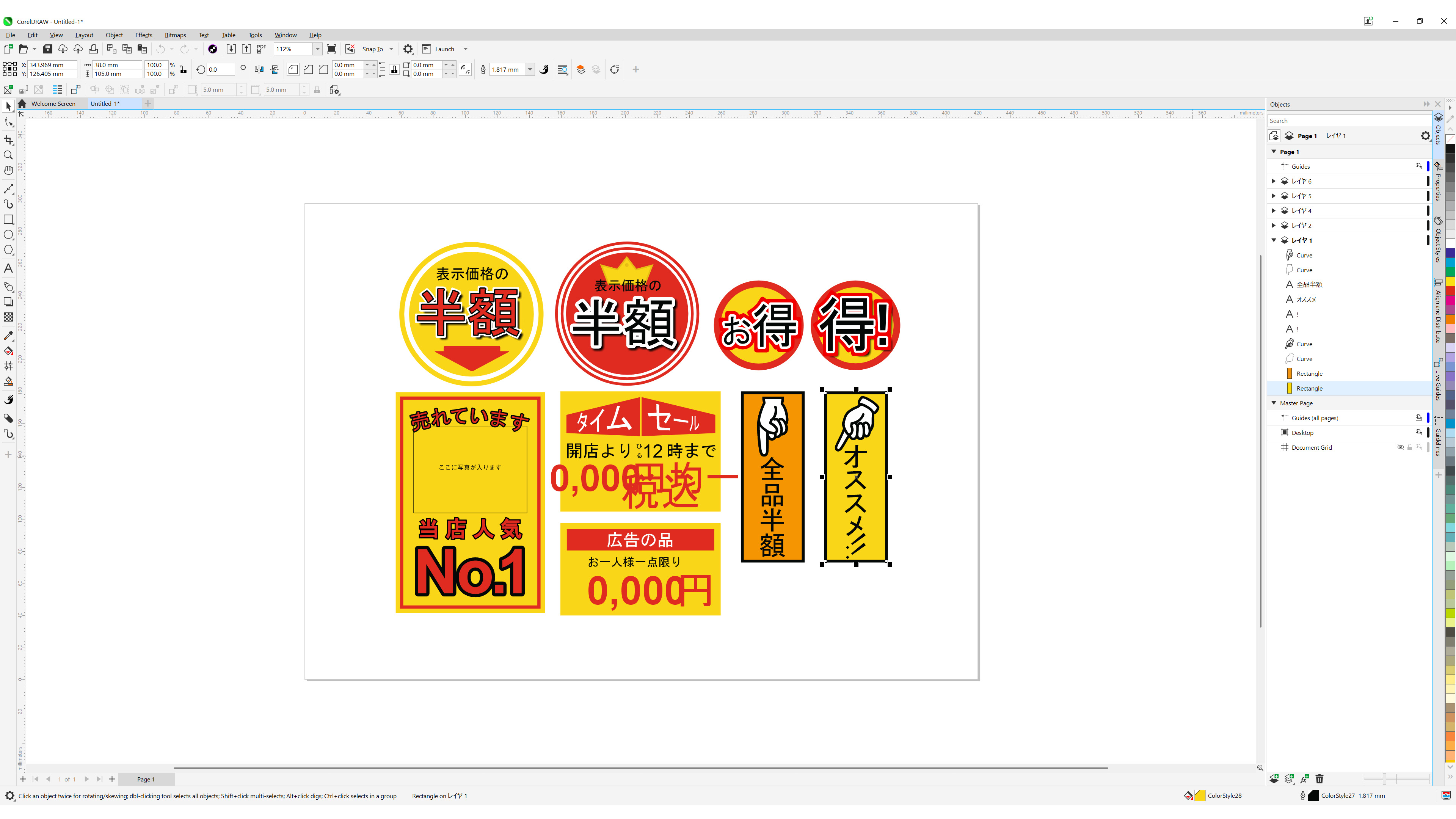www.canadianarchitect.com
The new concert hall tucks into a courtyard framed by Tach Hall, home to the universitys Faculty of Music.PROJECT University of Manitoba Desautels Concert Hall, Winnipeg, ManitobaARCHITECTS Teeple Architects in association with Cibinel ArchitectureTEXT Lawrence BirdPHOTOS Lindsay ReidWhen the University of Manitoba set out to realize benefactor Marcel Desautels dream of a world-class concert hall, Dean Edward Jurkowski knew he was creating a tough design brief for Teeple Architects and Cibinel Architecture. The site allocated to the concert hall was an almost land-locked parcel, walled in to the north and west by the perpendicular wings of Tach Hall, home to the universitys Faculty of Music, and to the east by Tachs Center Block building.Adding to this tight urban condition was a set of extreme constraints below ground. Lead architect Tomer Diamant of Teeple Architects quickly determined that the halls orchestra pit needed to slip down into a knot of existing tunnels, while the auditorium expanded overtop of thema very tricky condition.Moreover, the space needed to deliver perfect acoustics. Diamant and his team modelled and fine-tuned the hall in close collaboration with acousticians SLR Consulting. The white oak millwork flowing along walls and ceiling has acoustic properties, and its curves lend the space a quality that Diamant identifies as both generous and intimate. The billows of white oak contrast with the much darker tone of the halls upper level. Walls surrounding the loges, for example, are clad in dark, convex vertical pine profiles. Their scalloped surface scatters sound, and is also likened by the designer to log-cabin sidingperhaps a wry regional detail.The wood-lined concert hall can be configured to accommodate a full orchestra, and up to 475 spectators.For this audience member, the sensuality of the hall evoked the impression of being within a musical instrumentand recalled those early exercises in architectural drawing when one is asked to cut a section through a violin. A section through this hall would reveal a large plenum beneath the rear seats, and a largely passive ventilation system that satisfies both acoustical and sustainability objectives. (The hall targets LEED Silver.)The same section would also unveil an intricate dance of interior and exterior spaces, setting the stage not just for musical performances, but also for social performance. The angular lobby invites concert-goers to strut against the backdrop of a Sol LeWitt drawing, which was removed from another location and meticulously reproduced according to LeWitts original directions. (LeWitts work can be seen as an early instance of media artbuyers of his wall drawings receive instructions for constructing the piece, not anything physical.) This lobby interlocks with an armature of exterior spaces slipping obliquely alongside the existing buildings. Letting in the sun, while politely declining to loom over the landscape, the halls roof dips downa modest but extremely effective gesture that serves well to draw in visitors.A Sol LeWitt drawing is prominent in the L-shaped lobby, which spans between the main entrance to the west and a landscaped court to the north.Liz Wreford and Taylor Laroque of Public City Architecture stickhandled the landscape, which deftly creates approaches to not just the concert hall, but to nearby student residences and classrooms as well. The landscape accommodates a number of pieces of public art, including an Ai Weiwei bicycle sculpture. Like the LeWitt, this is on loan from Michael Nesbittwho, like Marcel Desautels, is a great patron of the arts in Winnipeg, and a significant donor to this building. While these outdoor spaces are slim, they recall the richness of far denser urban environments. Visitors might be reminded of the winding European passageways documented by Camillo Sitte, opening up to create space for architectural gems.The concert hall connects to the Tach Center Block building, making use of an existing lobby, visible at rear, along with existing mechanical spaces.The hall accommodates three distinct performance conditions, holding up to an 85-person orchestra and offering as many as 475 spectator seats. Recently, I attended a performance in which the stage held just the four performers of the Attacca String Quartet, who presented a program of short experimental pieces during the 2025 Winnipeg New Music Festival. Dynamic, with rapidly changing tonality, these pieces demanded that the hall produce an extremely precise, robust and responsive sound. To my ear, it met the test from every corner of the space. After the performance, I spoke to Julliard-trained Amy Schroedera founding member of the quartetwho praised the hall for its clarity of sound. It was a really great place to play, she noted, not too reverberant, but also not too dry. Tomer Diamant, comparing the theatre to a Swiss watch, explains how many intricate parts must come together seamlessly for the hall to work. While the design is driven heavily by physics, you never truly know if it will succeed until opening night.Succeed it did. Indeed, Desautels Concert Hall can be seen as an artefact whose many components slip cleverly into each other: interiors, architecture, mechanical and acoustical systems, landscape and urbanism. The ensemble is tightly wound, but feels absolutely relaxed. It is no wonder that its balance of poise and flow satisfies musicians and concert goers alike.Lawrence Bird, MRAIC, is an architect, city planner and visual artist based in Winnipeg.CLIENT University of Manitoba | ARCHITECT TEAM Teeple Architects: Stephen Teeple (FRAIC), Tomer Diamant (MRAIC), Jason Nelson, Helena Dini, Amanda Kemeny. Cibinel Architecture: Michael Robertson (MRAIC), Trevor Thimm, Desmond Burke, Lauren Hauser (MRAIC), Mallory Briggs, Kyle Janzen | STRUCTURAL/MECHANICAL/ELECTRICAL KGS Group | LANDSCAPE Public City Architecture | CONTRACTOR Parkwest Projects | ACOUSTICS SLR Consulting | THEATRE Theatre Consulting Group | A/V Patcon PA Technology Consultants | SUSTAINABILITY Integreated Designs Inc. | CIVIL KGS Group | AREA 2,440 m2 | BUDGET $20.2 M | COMPLETION August 2023ENERGY USE INTENSITY (PROJECTED) 245 kWh/m2/year | WATER USE INTENSITY (PROJECTED) 0.14 m3/m2/yearAs appeared in theApril 2025issue of Canadian Architect magazineThe post Poise and Flow: University of Manitoba Desautels Concert Hall, Winnipeg, Manitoba appeared first on Canadian Architect.










